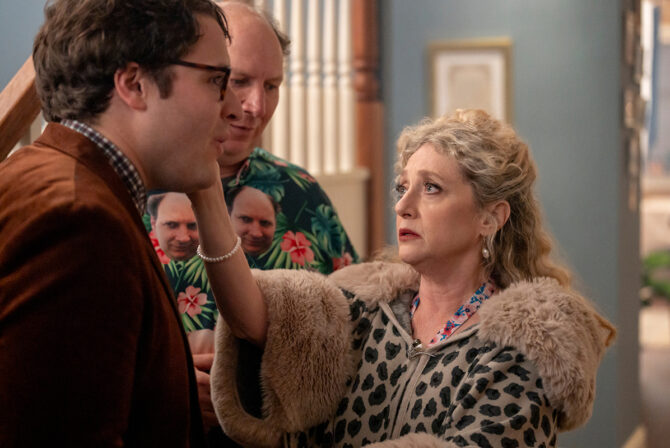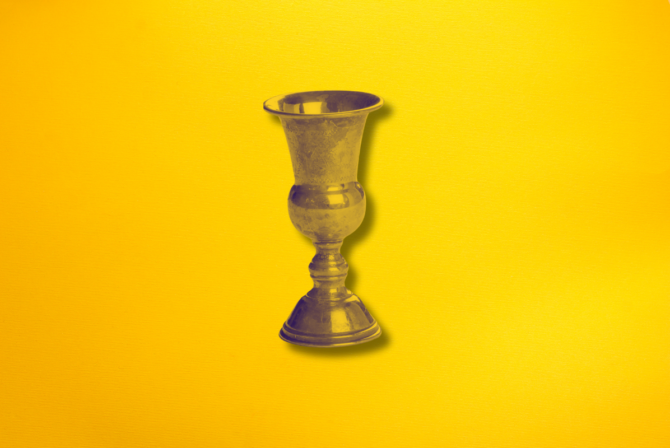
Photo thought to be of Josephine Earp. Courtesy HarperCollins Publishers.
Josephine Sarah Marcus Earp, the woman who lived with renowned lawman Wyatt Earp for nearly 50 years, was long on daring, short on propriety, and, of all things, Jewish.
You may be familiar with the “Gunfight at the O.K. Corral,” a bloody confrontation with the lawmen on one side and the cowboys on the other, but did you know it was a conflict of jealous revenge as well, a love triangle with our Josephine in the middle? And you might think that Wyatt Earp, the Deputy Marshal of Tombstone, Arizona, was always the good guy. Turns out that it was Josephine who devoted her life to burnishing his image, making sure that the skeletons in his closet–and hers–never saw the light of day.
Biographer Ann Kirschner literally wrote the book on Josephine–
Lady at the OK Corral, the True Story of Josephine Marcus Earp
–and she says it’s all true!
Here’s how it all unfolds: Josephine’s Jewish family flees to America around 1850 in search of economic opportunity and religious freedom. The teenage daughter runs away from home around 1878 to join a traveling theatre company. Instead of becoming an actress in cosmopolitan San Francisco, she heads for the Arizona Territory where she hooks up with the sheriff of Tombstone. When she figures out belatedly that he wants a mistress and not a wife, she has an affair with his archrival, the other lawman of Tombstone, Wyatt Earp…and becomes a player in the most famous shootout in American history.
While her hourglass figure was old-fashioned, Josephine’s choices were clearly modern. As if her year in Tombstone were idle, the next 50 were busy: she and Wyatt went from the Arizona Territory to San Diego, San Francisco, Seattle, Chicago, with a few unforgettable years in Alaska thrown in for good measure.
She never hid her Jewish identity and remained close to her family. But even in the relatively Jewish-friendly world of the frontier states, she shunned Jewish organizations. When Wyatt died, she returned to her family in San Francisco and buried him next to her parents and brother in a Jewish cemetery. Earp enthusiasts have made the gravesite the most visited in that cemetery–and once, even stole the tombstone.
Read more about Josephine Marcus Earp in the words of her biographer Ann Kirschner, from which this introduction is adapted, and discover hundreds of inspiring stories in the Jewish Women’s Archive: jwa.org.
As part of our month-long series dedicated to Jewish American Heritage Month, Kveller and the Jewish Women’s Archive bring to light little-known stories of inspiring, intriguing Jewish American women whose legacies still change our lives today. To explore even more, visit jwa.org.
Like this post? Get the best of Kveller delivered straight to your inbox.








